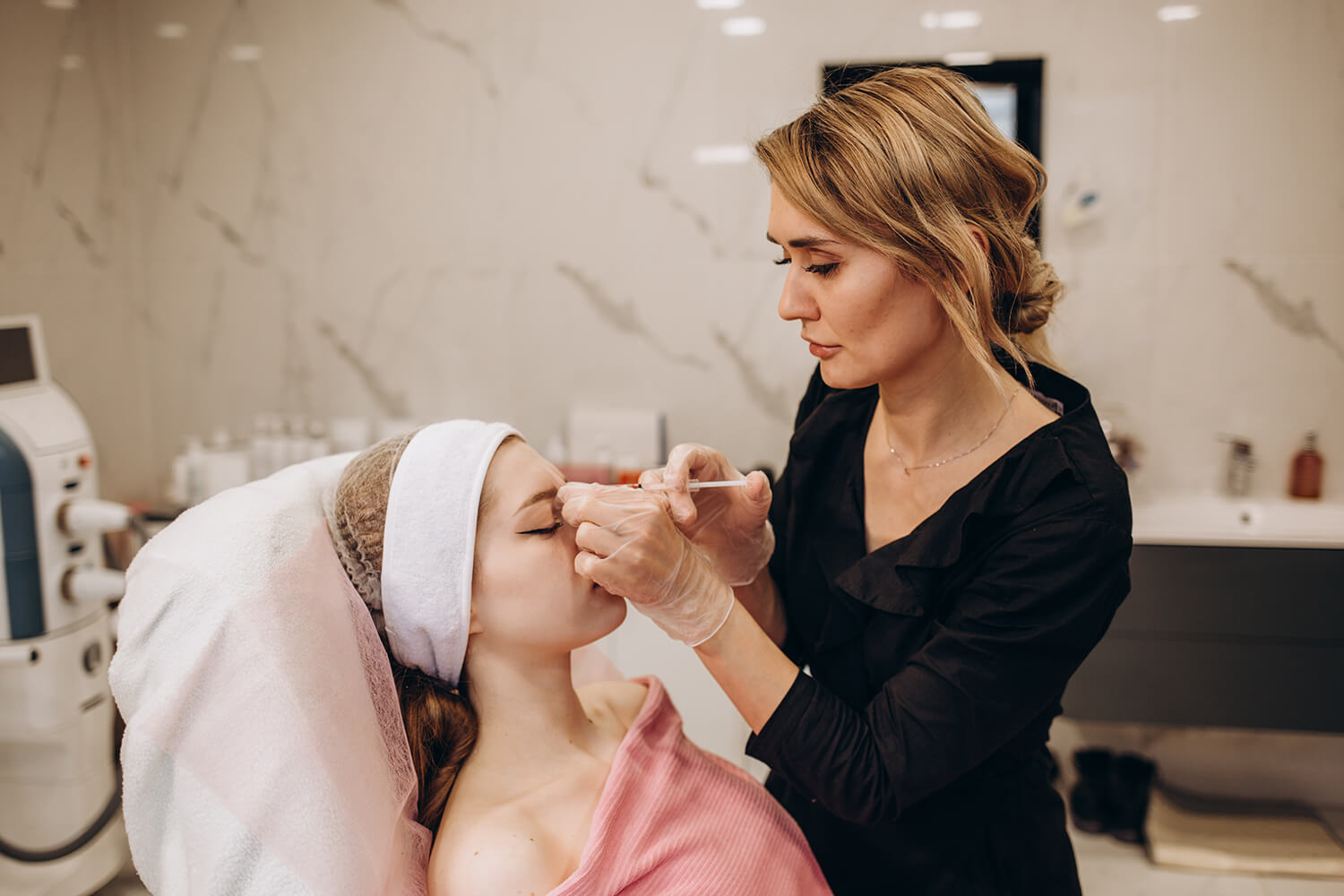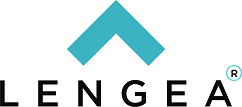Understanding Profit Margins
A typical net profit margin for a med spa ranges from 20-25%. If your med spa brings in $1 million in annual revenue, you could estimate a profit of about $200,000-$250,000. Below are the actual factors influencing the profitability of a med spa.
Factors Influencing Profitability
Location and Advertising
Choosing the right location is crucial. High-traffic areas or upscale neighborhoods can attract more clients, but rent and overhead costs vary significantly. However, many med spas do not rely solely on foot traffic. This means that even if you get a location in a prime area with lots of foot traffic, this will not directly translate into visitors to your location. We have many clients on the 2nd or 3rd floors of buildings, which can attract patients through digital marketing.
Keep in mind that patients, on average, spend over 30 days considering treatments like Botox or Semaglutide before committing. These are not impulse purchases. Therefore, running ads for just one month, even if they are excellent, will likely yield little meaningful results. Budget to run ads for 90-120 days before seeing results. If you want to make $500,000 in revenue in your first year of operations, you will spend $25,000-$50,000 on marketing.


Services Offered
The range and type of services you offer significantly affect profitability. High-demand services like Botox, Semaglutide, laser treatments, and body contouring tend to generate more revenue. Offering a diverse array of services can help attract a broader client base.
There are two types of services: those that draw clients in and those that generate higher profit margins. For example, IV hydration or Botox may initially attract clients, but you may profit much more from services like laser resurfacing, fillers, and body contouring.
Quality of Service and Equipment
Investing in advanced technology and hiring skilled professionals can increase customer satisfaction and repeat business. Conversely, poor service or outdated equipment can deter clients and harm your reputation.
However, you can spend hundreds of thousands on devices from the start. Make sure to try before you buy and seek feedback from colleagues in the industry before making substantial investments.


Marketing and Branding
Effective marketing strategies are essential for attracting and retaining clients. A strong brand and online presence can set your med spa apart from competitors. Build your brand through social media, SEO, and local advertising.
Remember, clients need to see something 7-10 times to remember it. Running your ad once or for 30 days only will likely not be effective.
Operational Efficiency
Efficient staff, inventory, and appointment management can significantly reduce costs and increase profitability. Implementing robust systems for scheduling and customer relationship management (CRM) can improve operational efficiency.


Client Experience
Providing excellent customer service can lead to positive reviews and referrals. Creating a comfortable and luxurious atmosphere enhances the client experience, encouraging repeat visits.
Financial Considerations
Initial Investment
Prepare for substantial initial costs, including equipment, legal fees, rent, and inventory. These are essential for establishing a reputable business.
Recurring Costs
To maintain profitability, ongoing expenses such as salaries, rent, supplies, insurance, and marketing must be managed effectively.
Revenue Streams
Diversifying revenue streams through memberships, package deals, and retail product sales can enhance profitability and provide a steady income.
Industry Trends
Growing Demand
The med spa industry has grown significantly due to the increasing demand for non-invasive cosmetic procedures. The total addressable market in the US for medical spa procedures is expected to reach over $30 billion by 2027.
Aging Population
An aging population seeking anti-aging treatments can drive business. Targeting this demographic can be exceptionally profitable. This trend will continue as more people seek aesthetic enhancements without surgery.
Technological Advancements
Staying updated with the latest treatments and technologies can attract clients looking for the newest cosmetic care options.
Challenges
Regulation and Compliance
Navigating state and local regulations regarding medical treatments and practitioner qualifications can be complex and time-consuming. Each state has its own set of rules governing who can perform specific procedures, what level of supervision is required, and the types of licenses necessary. Ensuring compliance with these regulations is critical to avoid legal issues, fines, or even the closure of your business.

Key Compliance Areas:
Licensing and Certification
Ensure that all medical staff, including physicians, nurse practitioners, and aestheticians, hold the appropriate licenses and certifications required by your state.
1
Scope of Practice
Clearly understand and adhere to the scope of practice regulations for each professional role in your med spa. This defines what treatments each staff member is legally allowed to perform.
2
Health and Safety Standards
Maintain rigorous health and safety standards to comply with local health department regulations. This includes proper sanitation practices, infection control measures, and regular equipment maintenance.
3
Medical Supervision
Many states require that specific procedures be performed under the supervision of a licensed medical professional, such as a physician or nurse practitioner. Establish clear supervision protocols to ensure compliance.
4
Advertising and Marketing
Be aware of regulations related to advertising medical services. Avoid making false or misleading claims about the efficacy of treatments and ensure all marketing materials are truthful and compliant with federal and state guidelines.
5
Patient Consent and Documentation
Implement thorough patient consent procedures and maintain detailed records of all treatments. Ensure that patients are fully informed about the risks and benefits of procedures and have signed appropriate consent forms.
6
HIPAA Compliance
Adhere to the Health Insurance Portability and Accountability Act (HIPAA) regulations to protect patient privacy and secure sensitive health information. This includes implementing robust data protection measures and training staff on HIPAA requirements.
7
By diligently addressing these regulatory and compliance challenges, you can protect your med spa from legal risks and build a trustworthy reputation in the industry. Regularly consult legal experts and stay updated on regulation changes to ensure ongoing compliance.
Competition
The market can be highly competitive, requiring continuous innovation and marketing efforts. Standing out in a crowded market requires strategic planning and a unique value proposition.
Conclusion
While owning a med spa can be profitable, success hinges on strategic planning, effective management, and a keen understanding of market trends and client needs. By carefully considering location, services, quality, marketing, and operational efficiency, you can position your med spa for success in a growing industry.
If you’re considering opening a med spa, take the time to research and plan thoroughly. With the right approach, you can create a thriving business that offers significant financial rewards, personal satisfaction, and the freedom to be your own boss.

